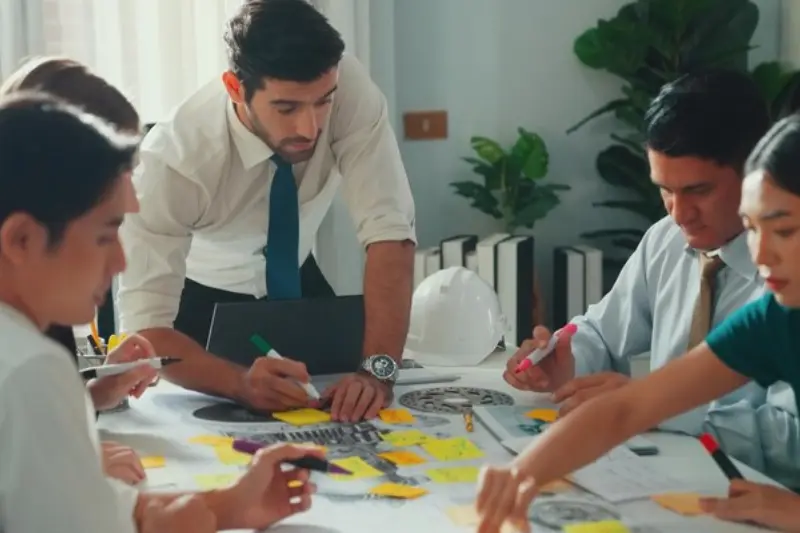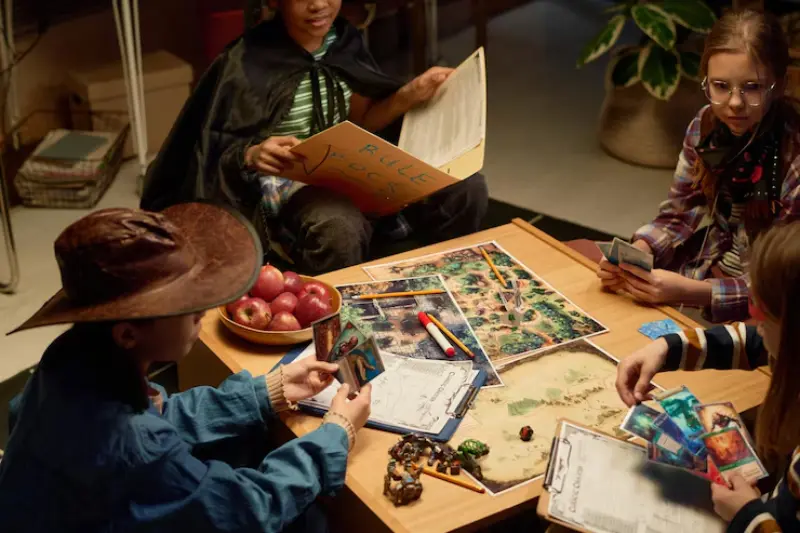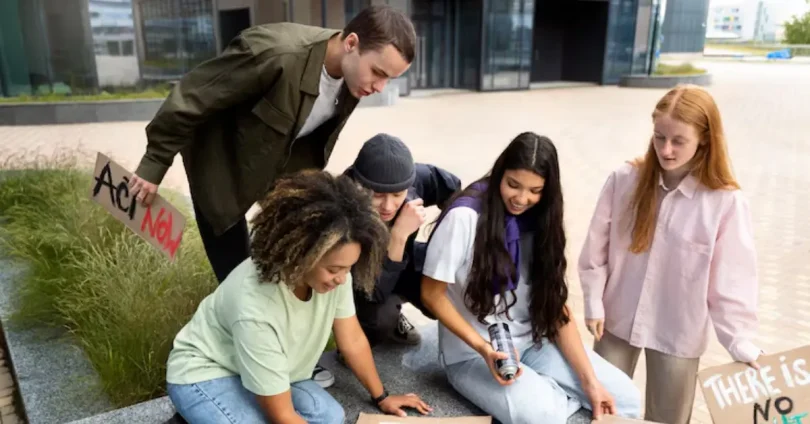Introduction to Community Development
Community Development is all about bringing people together to make their area a better place to live. It means working with local people to solve problems, improve living conditions, and create more opportunities for everyone. Whether it’s building parks, starting education programs, or supporting small businesses, community development focuses on positive change from the ground up.
This approach helps people feel more connected, supported, and empowered. Instead of waiting for outside help, community development encourages residents to take action and shape their own future. It’s a powerful way to build stronger, happier, and more successful communities.
What is Community Development?

Community Development is a process where local people come together to improve the quality of life in their area. It involves identifying common needs, setting goals, and working as a team to create positive change. This can include better education, healthcare, housing, job opportunities, clean environments, and more.
At its heart, community development is about:
- Empowering people to take charge of their community’s future
- Building strong relationships among community members
- Solving problems locally using available resources
- Creating long-term solutions that benefit everyone
It focuses on collaboration, inclusivity, and sustainability. Whether in cities, towns, or villages, community development helps people create a safer, healthier, and more vibrant place to live.
Why is Community Development Important?

Community Development plays a vital role in creating strong, supportive, and thriving neighborhoods. It brings real benefits to both individuals and society as a whole.
Empowers Local People
- Encourages people to take charge of their own communities
- Builds confidence and leadership among residents
- Helps people solve problems using local skills and ideas
Improves Quality of Life
- Promotes better housing, healthcare, and education
- Creates clean and safe environments
- Increases access to basic needs and services
Boosts Economic Growth
- Supports local businesses and job creation
- Offers training and skill-building programs
- Attracts investment into the community
Strengthens Social Bonds
- Encourages teamwork and cooperation among neighbors
- Builds trust and understanding between different groups
- Reduces isolation and promotes a sense of belonging
Creates Long-Term Solutions
- Focuses on sustainable change rather than short-term fixes
- Develops local leaders for future challenges
- Makes the community more self-reliant and resilient
Encourages Civic Participation
- Involves people in decision-making processes
- Promotes active citizenship and accountability
- Strengthens democracy at the grassroots level
Step-by-Step Guide on Community Development
Here’s a simple step-by-step guide to understand how community development works and how it can be applied in any area:
Step 1: Identify Community Needs
- Talk to local people and understand their problems
- Use surveys, meetings, or group discussions
- Focus on key areas like health, education, jobs, or environment
Step 2: Build a Team
- Gather a group of committed local members
- Include people of different ages, skills, and backgrounds
- Make sure everyone’s voice is heard
Step 3: Set Clear Goals
- Define what the community wants to achieve
- Make goals realistic, specific, and time-bound
- For example: “Clean up the park within 3 months”
Step 4: Plan Activities and Resources
- List down all the steps needed to reach the goal
- Identify what resources (money, tools, volunteers) are required
- Assign responsibilities to team members
Step 5: Take Action
- Start working on the plan with the community
- Organize events, workshops, clean-up drives, or training programs
- Encourage participation and teamwork
Step 6: Monitor Progress
- Track the results of your efforts
- Hold regular meetings to review what’s working and what’s not
- Be open to adjusting the plan if needed
Step 7: Celebrate Success
- Share the results with the community
- Appreciate volunteers and contributors
- Highlight achievements through events or local media
Step 8: Plan for the Future
- Keep the momentum going by setting new goals
- Train future leaders from the community
- Make sure the changes are sustainable in the long term
Advantages and Disadvantages of Community Development
| ADVANTAGES | DISADVANTAGES |
| Empowers people to take control of their community | Can take a long time to show visible results |
| Improves overall quality of life | Requires strong commitment from volunteers |
| Builds stronger social connections and trust | May face resistance from some community members |
| Encourages local problem-solving | Limited resources can slow down progress |
| Supports local economy and job creation | Conflict or disagreement among members can occur |
| Promotes sustainable, long-term change | Need for continuous effort and follow-up |
| Increases civic engagement and participation | Sometimes difficult to involve everyone equally |
Common FAQs on Community Development
What is community development in simple words?
Community development means people working together to improve their neighborhood or area. It’s about solving local problems and making life better for everyone.
Why is community development important?
It helps improve housing, education, health, jobs, and more. It also brings people together and makes communities stronger and safer.
Who can be involved in community development?
Anyone! Local residents, youth, elders, volunteers, organizations, and even businesses can all play a part.
What are examples of community development projects?
Some examples include starting a clean-up drive, building a community center, creating youth programs, or helping small businesses grow.
How do we start a community development project?
Start by talking to local people, forming a team, setting goals, and making a simple plan. Then take action step by step.
Does community development need a lot of money?
Not always. Many projects start small with local support, donations, or volunteer help. It’s more about ideas and teamwork than big budgets.
What challenges can come up in community development?
Some challenges include lack of resources, disagreements, or low participation. But with patience and teamwork, these can be managed.
Can community development really make a difference?
Yes! Even small efforts can lead to big, long-term changes and inspire others to take part. Many strong communities started with one small idea.
Conclusion
Community development is all about people coming together to make their area a better place to live. It helps solve local problems, builds stronger connections, and creates real, lasting change. With teamwork, clear goals, and a positive spirit, any community can grow stronger and brighter. Everyone has a role to play—big or small.
Bonus Points on Community Development
- Start Small: Even simple actions like planting trees or hosting clean-up events can make a big difference.
- Involve Youth: Young people bring energy, ideas, and a fresh perspective to any community project.
- Use Local Resources: Make the most of what you already have—skills, tools, spaces, and volunteers.
- Celebrate Milestones: Recognizing small wins keeps motivation high and encourages continued effort.
- Stay Inclusive: Make sure everyone feels welcome and heard, regardless of age, background, or experience.
- Partner with Local Groups: Collaborating with schools, NGOs, or businesses can boost your impact.
- Keep Learning: Attend workshops or training sessions to improve your planning and leadership skills.
- Document Your Work: Share updates on social media or in local newsletters to inspire others and attract support.







